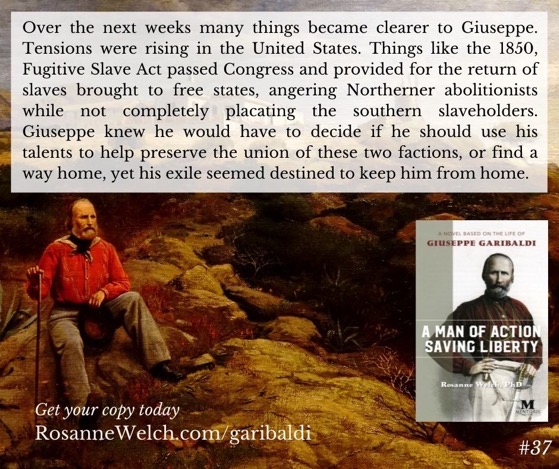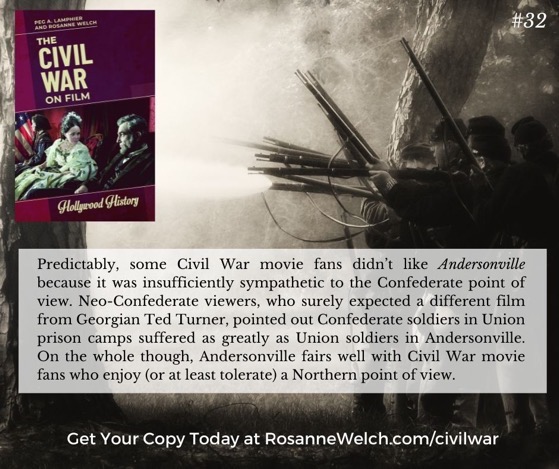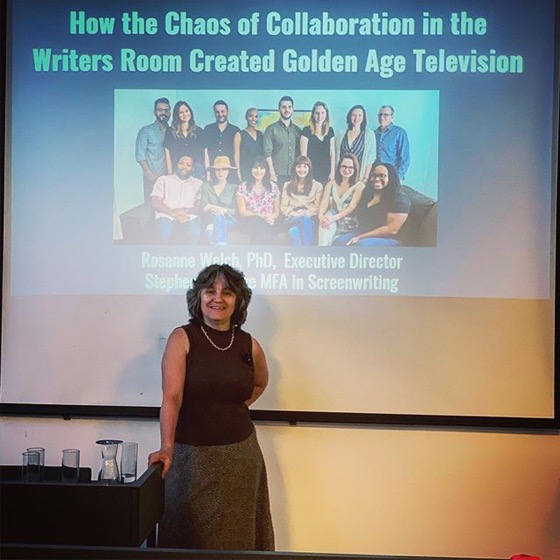“Where’s HER Movie” posts will highlight interesting and accomplished women from a variety of professional backgrounds who deserve to have movies written about them as much as all the male scientists, authors, performers, and geniuses have had written about them across the over 100 years of film. This is our attempt to help write these women back into mainstream history. — Rosanne
Dianne Patrice Durham (June 17, 1968 – February 4, 2021) was an American artistic gymnast. In 1983, she won the all-around senior title at the women’s US National Championships, becoming the first African American athlete to do so. She was Béla and Márta Károlyi’s first elite athlete in the United States, helping establish their coaching credentials outside of the state-sponsored program of their native Romania, and trained with Mary Lou Retton, who called Durham her “best competition”. After injuries and competition stipulations prevented her from competing in the 1984 Summer Olympics, Durham retired from competition in 1985. She later ran the Skyline Gymnastics school in Chicago.. — Wikipedia



![TikTok Response to comment from @itsmeimgarbage : Polly Platt [Video]](https://rosannewelch.com/wp-content/uploads/2021/05/polly-platt-tt.gif)

![12 Kenny Johnson from How The Chaos Of Collaboration in the Writers Room Created Golden Age Television [Video]](https://rosannewelch.com/wp-content/uploads/2021/05/srn-porto-12.jpg)



![Drs. Rosanne Welch and Sarah Clark discuss The Monkees “Monkee Chow Mein” episode on the Zilch Podcast’s Monkees 101 Series [Audio]](https://rosannewelch.com/wp-content/uploads/2021/01/RMW-Rosanne-Signature-for-Web.png)


